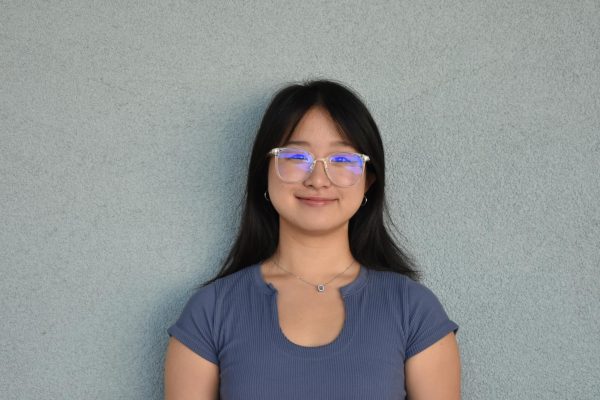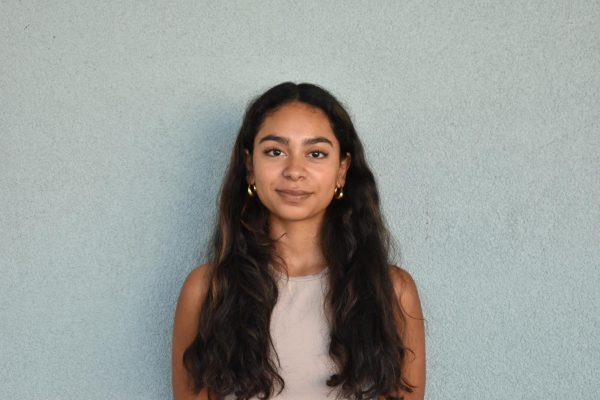Every summer, Social Studies Instructional Lead Jeff Patrick and his family spend a few days in Alaska, where he and his wife grew up. They visit a small fishing village near Juneau, Alaska’s capital, where Patrick used to live and where his family still resides. These trips are a way for him to connect to his culture and for his kids to discover their heritage.
Patrick grew up in a mixed household: His mom was half-native Alaskan, and his dad was white. Growing up, he wasn’t connected to his native Alaskan side, but he acknowledges that his respect for nature stems from growing up around native Alaskan culture.
“Growing up in a partially native household really shows that kind of direct connection between people and the land,” Patrick said. Patrick’s grandmother, who grew up in the 1930s, lived on the Aleutian Islands — a chain of 50 islands off Alaska’s coast.
During World War II, fearing its citizens would fraternize with the Russian and Japanese governments, the U.S. government moved Patrick’s grandmother to Alaska’s mainland. According to Patrick, his family lost much of his grandmother’s culture after the move.
“My grandmother, because she was one of the only Aleutians in this area, didn’t preserve much of that culture,” Patrick said. “So, growing up, (our family) was more familiar with what was going on (in Alaska), especially in terms of foods and such.”
As Patrick’s children discovered their heritage, he began to connect further with his culture.
“They would ask some questions, and I wouldn’t actually know,” he said. “So then, we would reach out (to organizations).”
Patrick’s children applied for college scholarships through some of these organizations, requiring Patrick to research them. As a result, he learned more about local native Alaskan history and traditions.
These organizations also hold activities for families. Patrick has done weaving and moccasin-making projects with his daughter. Patrick has rekindled his familiarity with his culture through these family experiences.
“I try connecting my own children with their heritage, but Alaska has also been a learning experience for me,” he said.


